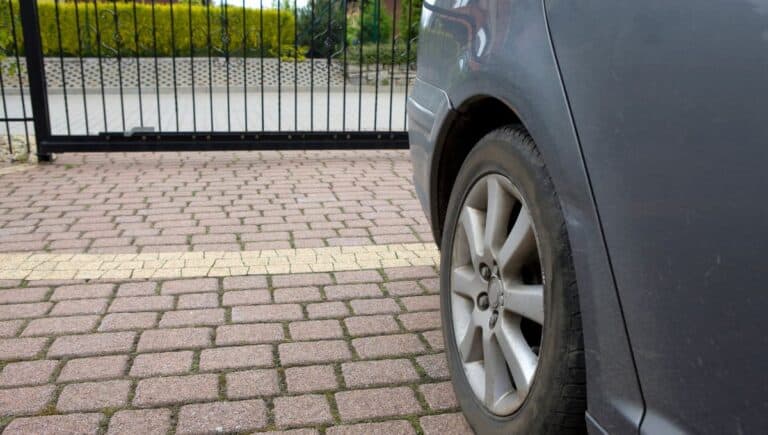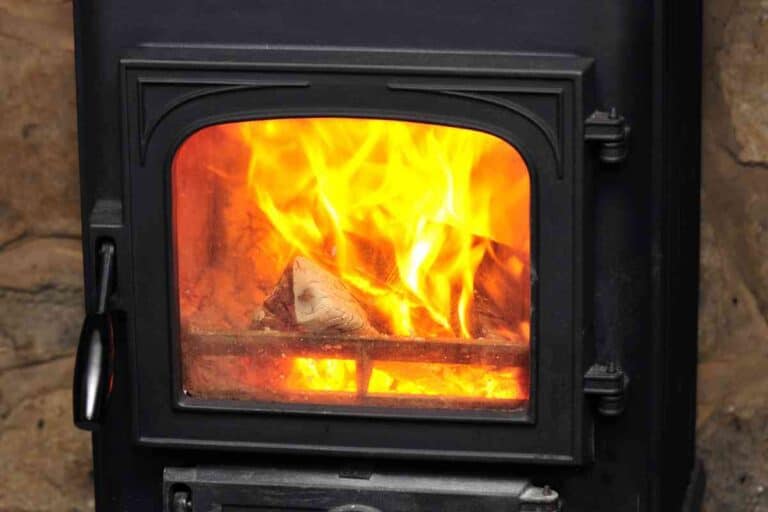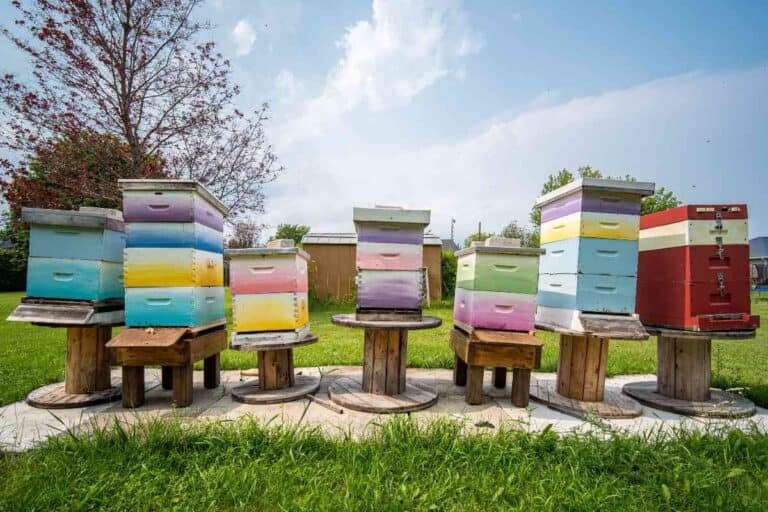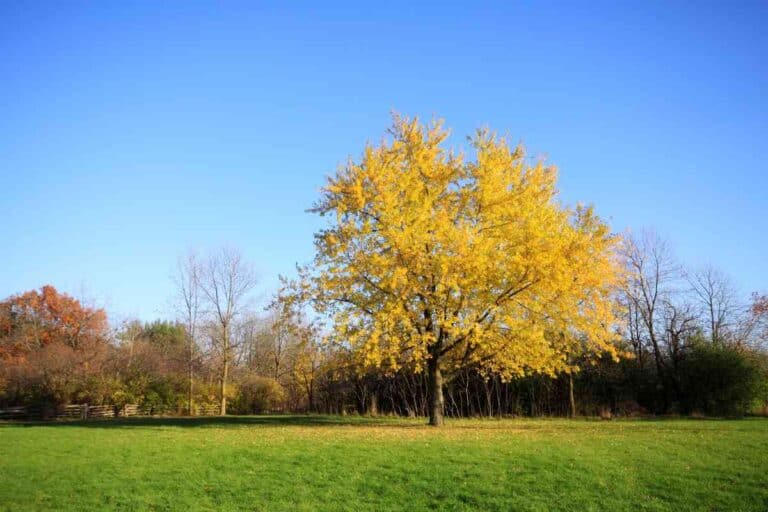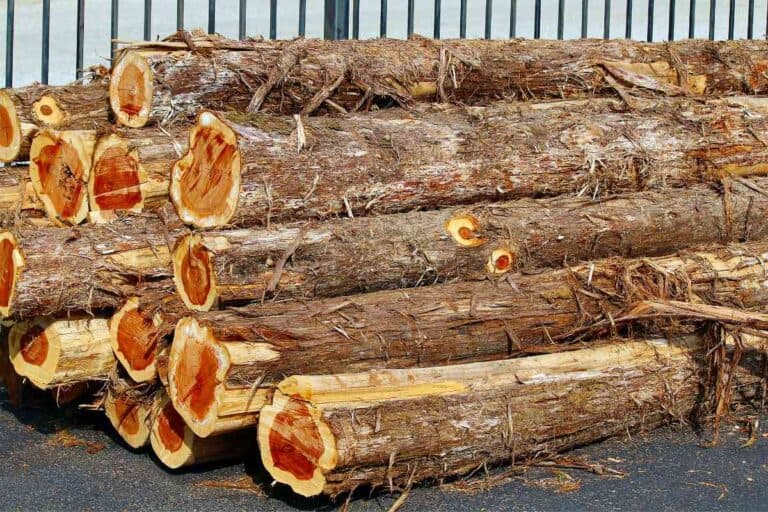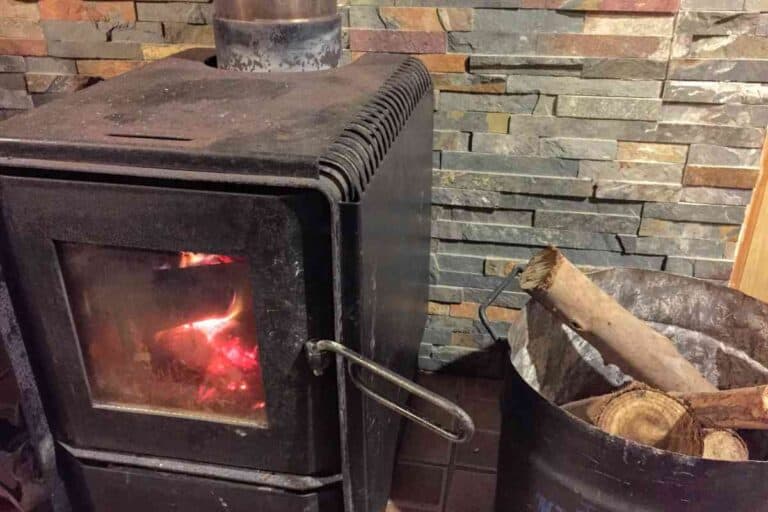Wood Burning Stove Safety: Tips and Guidelines for Safe and Efficient Use
Wood burning stoves are a popular and economical way to heat homes, but they can also be dangerous if not used properly. According to the National Fire Protection Association, heating equipment, including wood stoves, is the second leading cause of home fires in the United States. In order to prevent these fires and keep your family safe, it is important to follow some basic safety guidelines when using your wood burning stove.
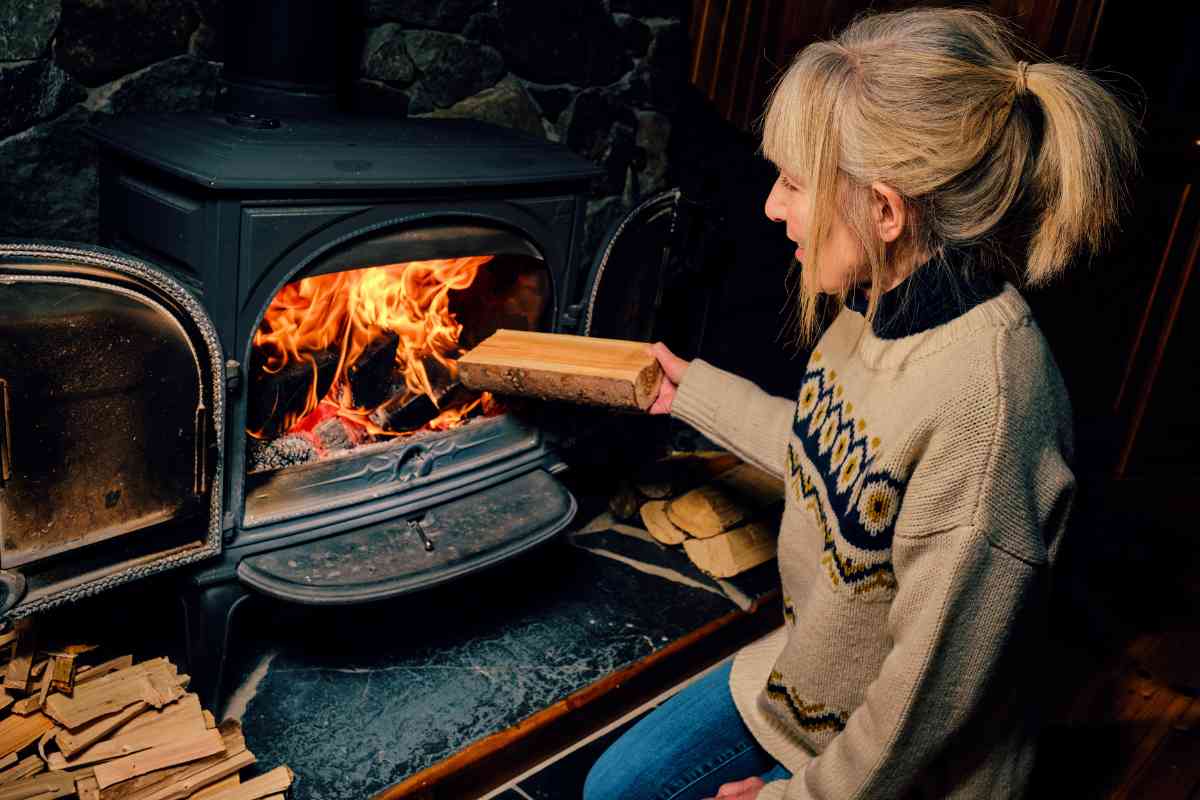
How do I safely use a wood burning stove?
To safely use a wood burning stove, ensure it’s professionally installed, adhering to safety codes. Regularly inspect and clean the chimney to prevent creosote buildup, a fire risk. Only burn dry, seasoned wood for efficient combustion. Maintain a distance from flammable materials and never leave the stove unattended. Safety devices, like smoke and carbon monoxide detectors, are crucial.
One of the most important safety tips is to have your wood stove installed by a professional. A properly installed stove will meet all safety codes and regulations and will be vented correctly.
It is also important to have your chimney cleaned and inspected regularly to prevent the buildup of creosote, a highly flammable substance that can ignite and cause a chimney fire. Additionally, it is important to use only dry, seasoned wood in your stove to prevent the buildup of creosote and to ensure efficient burning.
Choosing the Right Stove
When it comes to choosing a wood-burning stove, there are a few key factors to consider. The right stove for you will depend on factors such as the size of your home, your heating needs, and your budget. Here are some things to keep in mind:
- Size: The size of the stove you choose will depend on the size of the area you want to heat. A stove that is too small won’t effectively heat your space, while a stove that is too large will waste energy and money.
- Efficiency: Look for stoves that are EPA-certified, as they meet strict emissions and efficiency standards. An efficient stove will burn less wood and produce less pollution.
- Style: Wood-burning stoves come in a variety of styles, from traditional to modern. Choose a style that fits with your decor and personal preferences.
- Budget: Stoves can range in price from a few hundred dollars to several thousand. Consider your budget and look for a stove that offers the features you need at a price you can afford.

It’s also important to consider the installation process when choosing a wood-burning stove. Make sure you have a safe and suitable location for the stove, and that you have the necessary clearances and ventilation requirements. It may be best to hire a professional to install your stove to ensure it is done correctly and safely.
By taking these factors into consideration, you can choose a wood-burning stove that will effectively and safely heat your home for years to come.
Installation and Maintenance
Proper installation and regular maintenance are crucial for ensuring the safe and efficient operation of a wood burning stove. Here are some important considerations:
Installation
- Choose a location that is at least three feet away from combustible materials such as walls, furniture, and curtains.
- Install the stove on a non-combustible floor or on a hearth made of non-combustible materials.
- Ensure that the stove is properly vented through a chimney or flue that meets local building codes.
- Have a professional installer or chimney sweep inspect and install the stove to ensure that it meets all safety requirements.

Maintenance
Regular maintenance is essential for keeping a wood burning stove operating safely and efficiently. Here are some important maintenance tasks:
- Clean the stove and chimney regularly to remove creosote buildup, which can cause chimney fires.
- Inspect the stove and chimney for damage or wear and tear, and repair or replace any damaged parts.
- Only burn dry, seasoned wood to prevent excessive creosote buildup and reduce air pollution.
- Use a stove thermometer to monitor the stove’s temperature and prevent over-firing, which can damage the stove and chimney.
By following these installation and maintenance guidelines, you can enjoy the warmth and comfort of a wood burning stove while ensuring the safety of your home and family.
Using Your Wood Burning Stove Safely
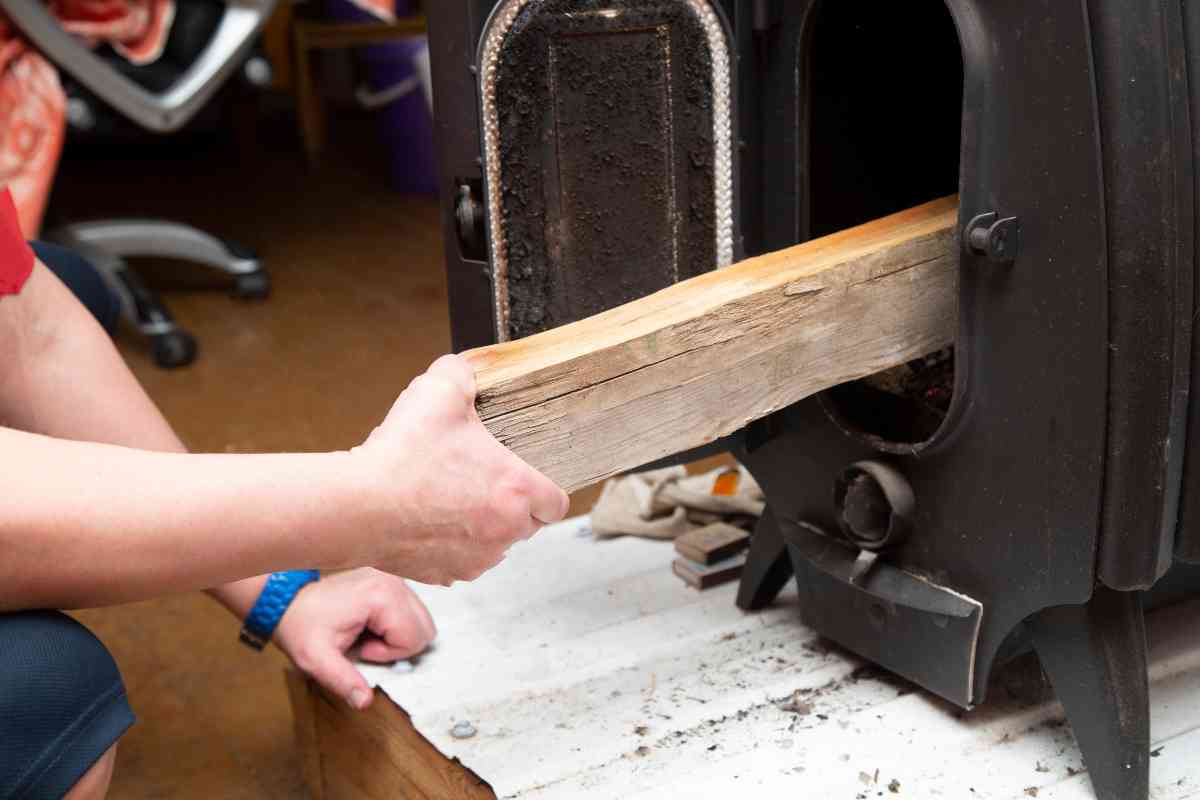
Wood burning stoves are a great way to heat your home, but they can also be dangerous if not used properly. Here are a few tips for using your wood burning stove safely:
- Always use dry, seasoned wood. Wet or green wood can cause excessive creosote buildup in your chimney, which can lead to chimney fires.
- Keep your stove clean. Regularly remove ashes and debris from the stove and chimney to prevent buildup and reduce the risk of fire.
- Install smoke and carbon monoxide detectors. These detectors can alert you to potential problems before they become serious.
- Never leave your stove unattended. Always supervise your stove while it is in use.
- Keep flammable materials away from your stove. This includes furniture, curtains, and other household items.
- Always follow the manufacturer’s instructions for installation and use of your wood burning stove.
- Make sure your stove is installed by a professional to ensure it meets all safety codes and regulations.
- Keep flammable materials, such as furniture, curtains, and rugs, at least three feet away from the stove.
- Use a sturdy, metal screen to prevent sparks and embers from escaping the stove and starting a fire.
- Never leave a fire unattended, and make sure it is completely out before leaving the house or going to bed.
- Regularly clean your stove and chimney to prevent buildup of creosote, which can cause a chimney fire.
- Install smoke detectors and carbon monoxide detectors in your home, and test them regularly to make sure they are working properly.
- Never use gasoline, kerosene, or other flammable liquids to start a fire in your wood burning stove.
- Make sure you have a fire extinguisher nearby in case of emergency.
By following these safety precautions and tips, you can enjoy the warmth and comfort of your wood burning stove while keeping your home and family safe.
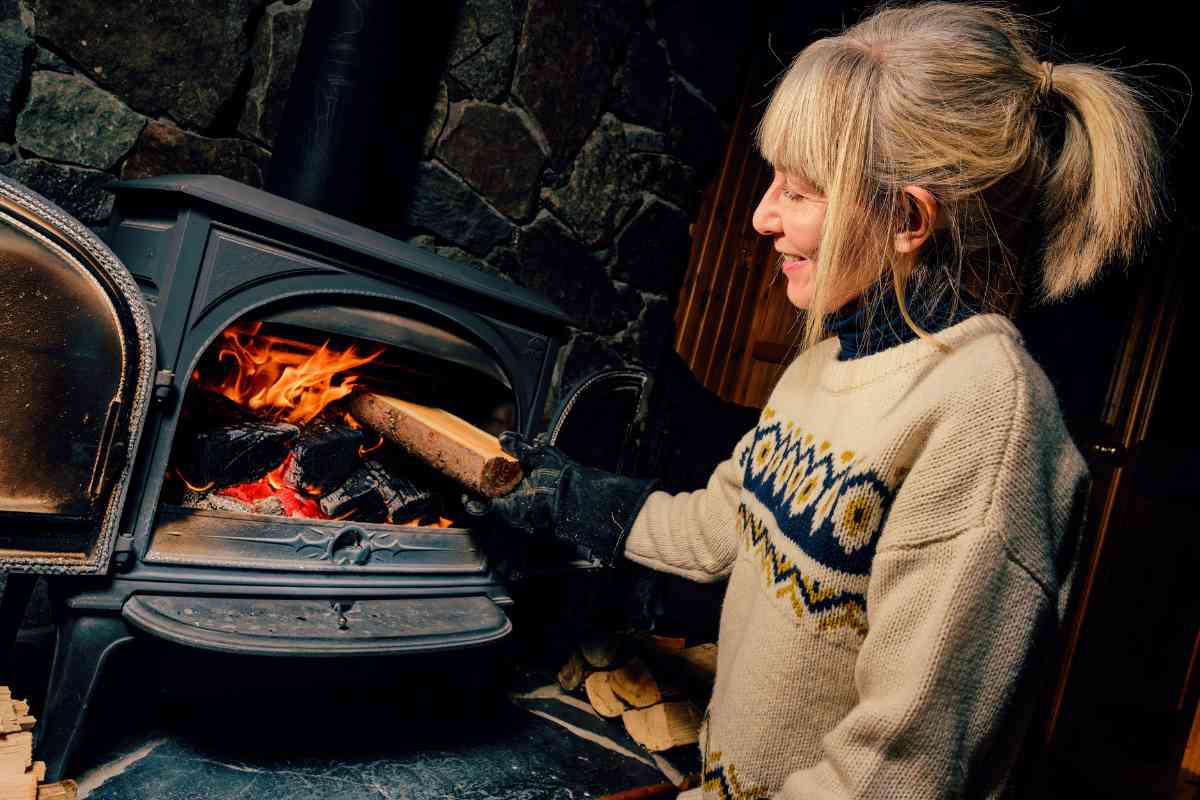
Conclusion
In conclusion, the allure of a wood burning stove lies not just in its aesthetic charm or its economical heating capabilities, but in the cozy warmth it radiates. However, to truly enjoy these benefits, one must prioritize safety. With proper installation, routine maintenance, and adherence to key safety practices, homeowners can ensure that their wood burning stove serves as a comforting centerpiece to their living space while minimizing potential hazards. Remember, the warmth of a fire is best enjoyed with the peace of mind that comes from safe operation.

